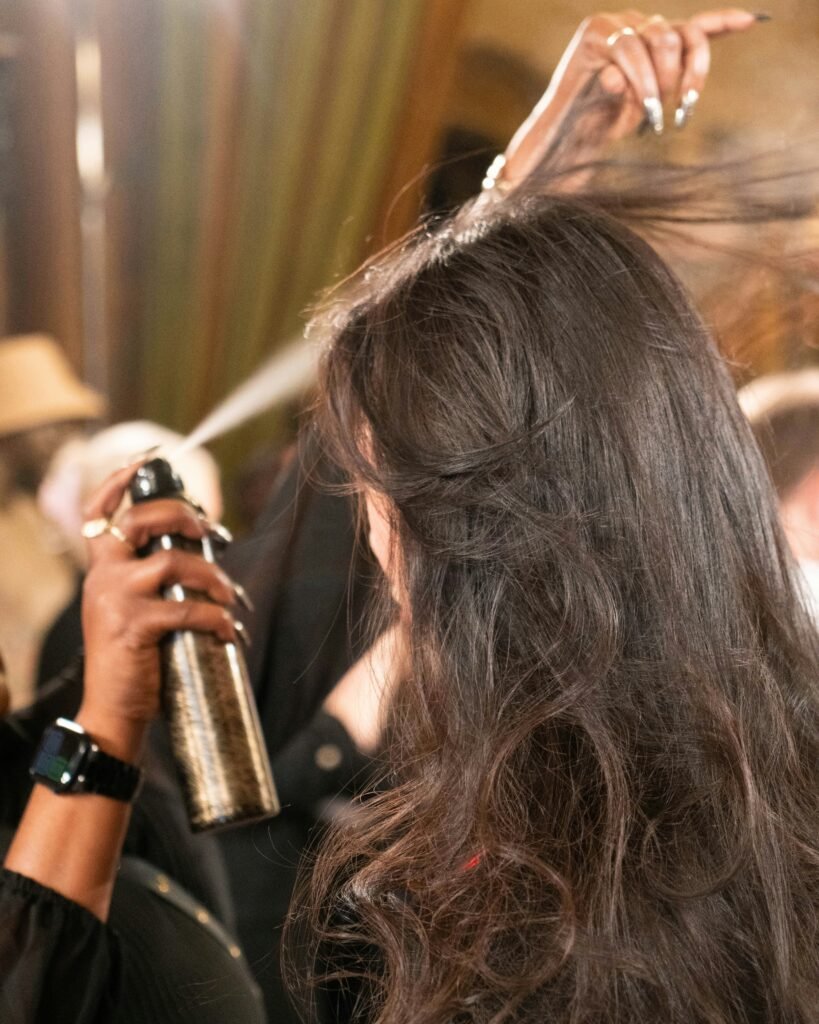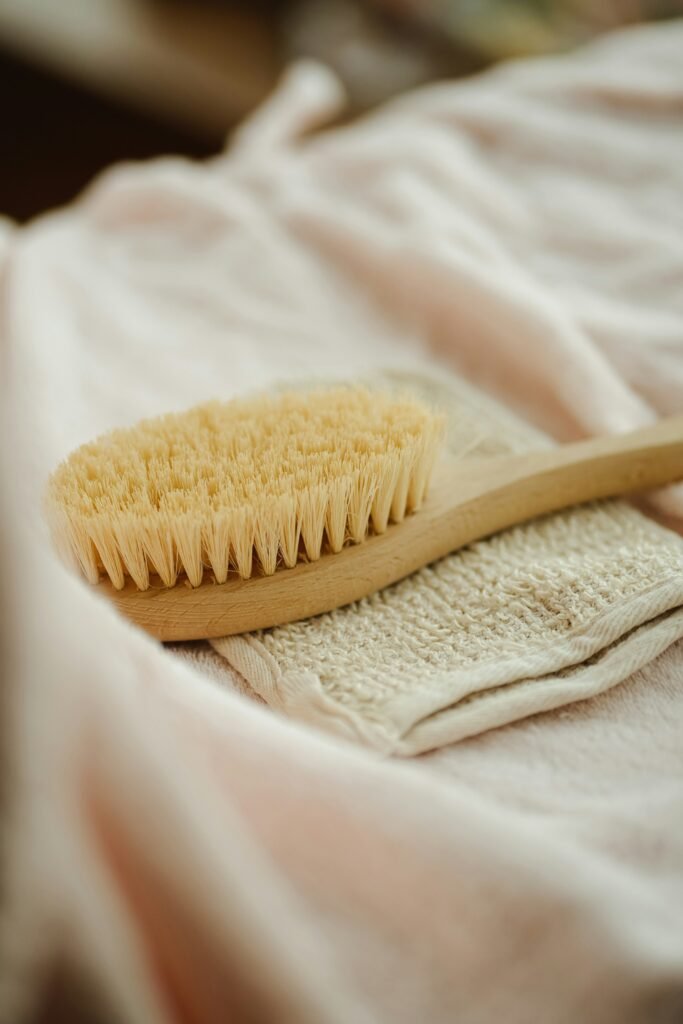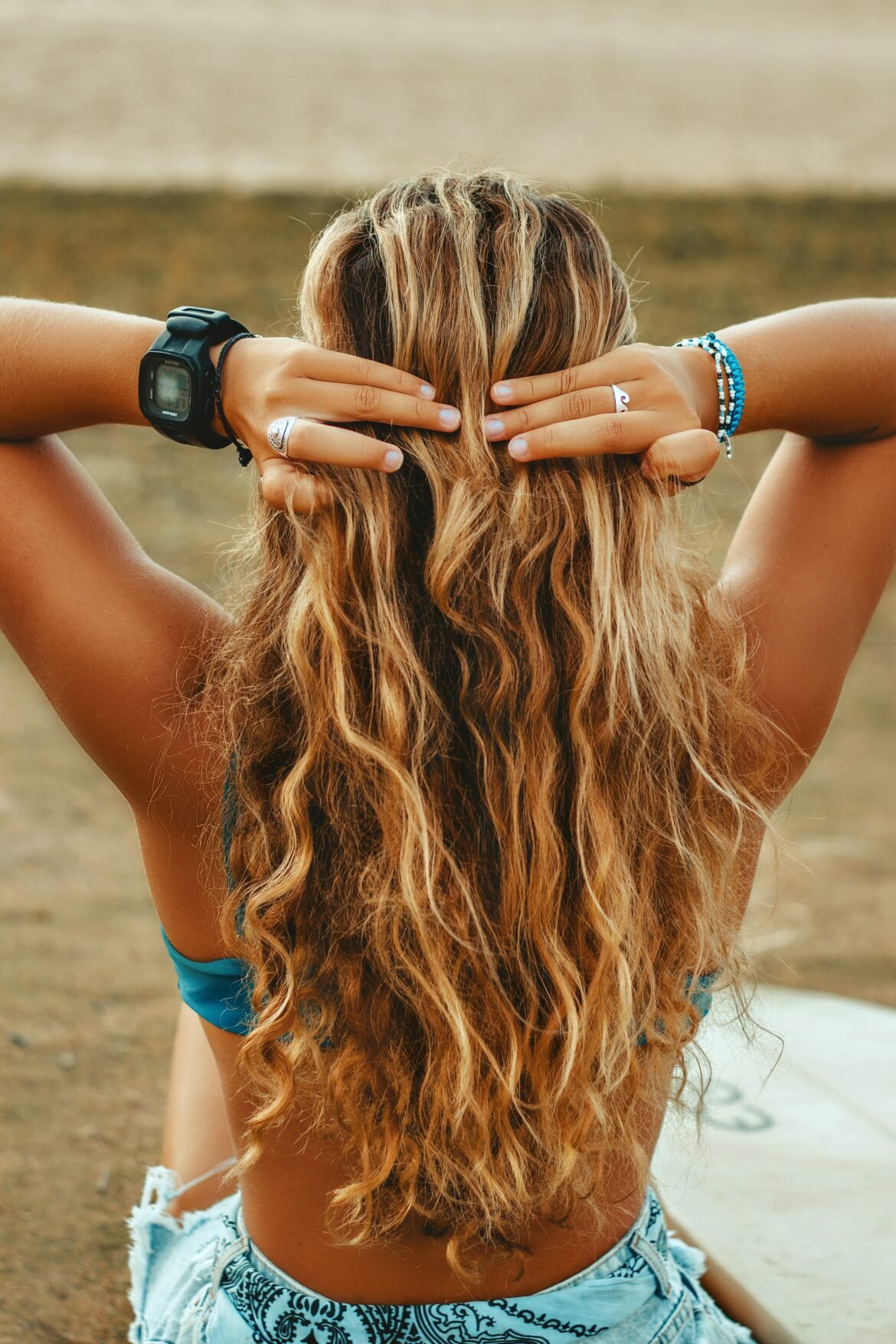How to Refresh Second-Day Hair Without Washing
The Art of Reviving Your Locks Between Wash Days
There’s nothing quite like freshly washed hair—the bounce, the shine, even the clean scent. But let’s be real: washing every day isn’t practical, and it’s definitely not the healthiest thing for your hair. I first learned this back when I worked in busy kitchens, where I barely had time to sit down, let alone shampoo daily. That’s when I discovered the art of making second-day hair work for me.
These days, when I wake up to hair that’s a little flat or a bit oily, I don’t see it as a bad thing. I see it as a fresh canvas. Those natural oils? They actually help hold styles better than squeaky-clean hair ever could. The slight texture that builds up makes it easier to create looks that would never last on freshly washed strands.
I’ve always believed beauty should work with your body, not against it. Our scalps produce oil for a reason—it’s meant to protect and nourish. Washing every day strips those oils, which just makes your scalp produce even more. It’s a cycle that leaves you feeling stuck in daily washes when your hair might actually look and feel better if you just gave it a break.
The tricks I’m about to share have saved me hours of stress and saved my hair from over-washing and constant heat styling. They’ve carried me through live TV spots, long workdays, and those moments when unexpected guests show up right when you were about to throw on a hat.
These second-day refresh methods aren’t just about convenience—they can actually make your hair healthier. By stretching the time between washes, you keep your scalp balanced, reduce heat damage, and discover styles that sometimes look even better than day one.

The Magic of Second-Day Styling
Second-day hair gets a bad rap, but honestly? It’s a secret weapon. That lived-in texture gives grip and hold that freshly washed hair just doesn’t have. It’s why stylists often prefer working with hair that isn’t freshly washed—it’s more manageable and styles last longer.
The key isn’t to hide the fact you skipped a wash—it’s knowing how to refresh roots, add volume, and make it look intentional. With the right techniques, second-day hair can look chic, polished, and effortless.
And here’s the bonus: spacing out your washes doesn’t just save time—it actually teaches your scalp to produce less oil. Over time, your hair becomes easier to manage, healthier, and way less needy.
My Second-Day Hair Success Story
One morning, I overslept before a live TV cooking demo. I had just 15 minutes to get ready, and my hair was flat on one side, greasy at the roots, and basically a disaster. Instead of freaking out, I grabbed my dry shampoo, a teasing comb, and some bobby pins.
In under ten minutes, I pulled together a voluminous, polished style that got me more compliments than my freshly washed hair ever had. The host even leaned over during a break and said, “Your hair looks amazing today!” Little did she know—it was day three hair.
That moment changed how I saw my hair. What started as an emergency fix turned into one of my favorite styling approaches. My husband even jokes that my most creative hairstyles show up on day two and three. And honestly? He’s not wrong.
Why This Second-Day Hair Revival Works
The beauty of this approach is that it uses your natural oils instead of fighting them. When you wash, you strip them away. But as they come back, they can actually work like a natural styling product—if you know how to move them around.
Dry shampoo helps absorb just enough oil without drying out your hair, while combing or massaging redistributes the rest where your ends need it most. The result? Balanced, shiny, more manageable hair.
And it’s flexible—whether your hair is fine, thick, curly, or straight, these techniques can be tailored to work for your texture.
What You Need for Second-Day Hair Revival
- Dry shampoo (spray or powder)
- Texturizing spray
- Wide-tooth comb or detangling brush
- Teasing comb
- Bobby pins + hair ties
- Spray bottle with water (optional)
- Refreshing mist (optional)
- Heat protectant (if using hot tools)
- Silk or satin pillowcase (for prevention)
- Sectioning clips
- Headbands or scarves (for styling options)
How to Refresh Second-Day Hair Without Washing
- Start with sections. Divide your hair into 4 parts. Spray dry shampoo at the roots, holding the can 8–10 inches away. The trick? Wait two minutes before massaging it in. That’s when it actually absorbs oil.
- Massage it in. Use your fingertips (not nails) to massage your scalp. It blends the product, boosts volume, and stimulates blood flow. For dark hair, applying dry shampoo at night can prevent residue in the morning.
- Redistribute oils. Comb gently through mid-lengths and ends. This moves some natural oils down to where they add shine instead of greasiness. Follow with texturizing spray for grip and dimension.
- Restyle. Don’t copy your day-one look. Go for a textured ponytail, messy bun, half-up style, or braid—second-day hair holds these way better than clean hair. Still flat in spots? Hit roots with a cool blast from the blow dryer to reactivate product and add lift.
Tips for Making It Last
- Sleep on a silk or satin pillowcase to avoid frizz.
- If you have curls, try the “pineapple” method (a loose high ponytail) with a scrunchie before bed.
- Apply dry shampoo the night before for natural-looking volume in the morning.
- Treat different areas differently—oil-absorbing at the roots, hydrating mist on dry ends.
Substitutions and Variations
- No dry shampoo? Use cornstarch or baby powder for light hair. Mix cocoa with cornstarch for darker tones. Apply with a makeup brush for precision.
- For curls: skip the brush, fluff roots with fingers, and revive curls with a light water + conditioner spray.
- For waves: braid damp hair before bed—you’ll wake up with effortless texture.
Make It a Healthier Routine
Boost your refresh with a few drops of tea tree or rosemary oil in your dry shampoo. They add a fresh scent and help scalp health.
Once a week, exfoliate your scalp with a scrub or silicone brush to clear buildup and keep follicles healthy. It reduces oiliness over time and helps your hair grow stronger.
Closing Thoughts
So there you have it—second-day hair doesn’t have to be a struggle. With the right products and tricks, it can actually look better than freshly washed. Plus, you’re protecting your hair, saving time, and even saving money on products and color treatments.
Why not embrace it? Try a new style on your next “not-so-fresh” day—you might just find it’s your best hair yet. And don’t forget to share your go-to second-day trick—I’d love to hear it!

Frequently Asked Questions For Second-Day Hair Revival
How often should I really be washing my hair?
Most hair experts recommend washing 2-3 times per week for optimal scalp and hair health. However, this varies based on hair type, with coarser or curly hair often benefiting from even less frequent washing (1-2 times weekly), while very fine or oily hair might require every other day washing.
Will training my hair to go longer between washes actually work?
Yes! While it takes patience (typically 4-6 weeks), gradually extending time between washes trains your scalp to produce less oil. During the transition period, these second-day hair techniques are essential for maintaining confidence and style.
Does dry shampoo damage hair if used regularly?
When used correctly, dry shampoo is safe for regular use. However, it should not completely replace washing, as buildup can occur. To prevent issues, avoid applying directly to the scalp, keep the nozzle 8-10 inches away when spraying, and thoroughly brush out the product.
What’s the best dry shampoo for dark hair?
Look for dry shampoos specifically formulated for dark hair or those that go on clear. Brands like Batiste, Living Proof, and Moroccanoil make excellent options that won’t leave white residue when properly applied.
How can I refresh bangs or face-framing pieces that look oily faster?
For targeted refreshing, use a small amount of dry shampoo on these areas, or try the “mini-wash” technique: using a small amount of shampoo to wash just your bangs or hairline in the sink, then blow-drying just those sections.
Why does my second-day hair sometimes look better than freshly washed hair?
The natural oils in second-day hair provide texture and hold that freshly washed hair lacks. This creates better grip for styling and often results in styles with more volume and staying power.
Can I use baby powder instead of dry shampoo?
Yes, baby powder works as a dry shampoo alternative, particularly for lighter hair colors. For darker hair, mix it with cocoa powder for a better color match. Apply with a makeup brush for more control and less residue.
How do I refresh second-day curls without washing?
Revive curls by lightly misting with water mixed with a small amount of leave-in conditioner, then scrunching gently. Avoid brushing, which creates frizz, and consider “plopping” with a microfiber towel for 10 minutes to restore definition.
What hairstyles work best for second-day hair?
Textured styles like messy buns, braids, and half-up looks typically work wonderfully with second-day hair, as they capitalize on the natural grip and texture. These styles often hold better than on freshly washed hair.
How can I make my blowout last multiple days?
Preserve a blowout by sleeping on a silk pillowcase, using a loose top-knot with a silk scrunchie while sleeping, applying dry shampoo preventatively before bed, and refreshing with a round brush and cool air on subsequent days.
Can second-day hair techniques damage my scalp?
When used properly, these techniques are safe for your scalp. However, overuse of dry shampoo without regular washing can lead to buildup. Ensure you’re still washing regularly and consider a clarifying shampoo once monthly.
Why does my hair get so flat overnight?
Overnight flattening typically occurs from compression against your pillow and the weight of natural oils moving down the hair shaft. Combat this with a silk pillowcase, sleeping with hair loosely gathered on top of your head, and applying dry shampoo preventatively before bed.

